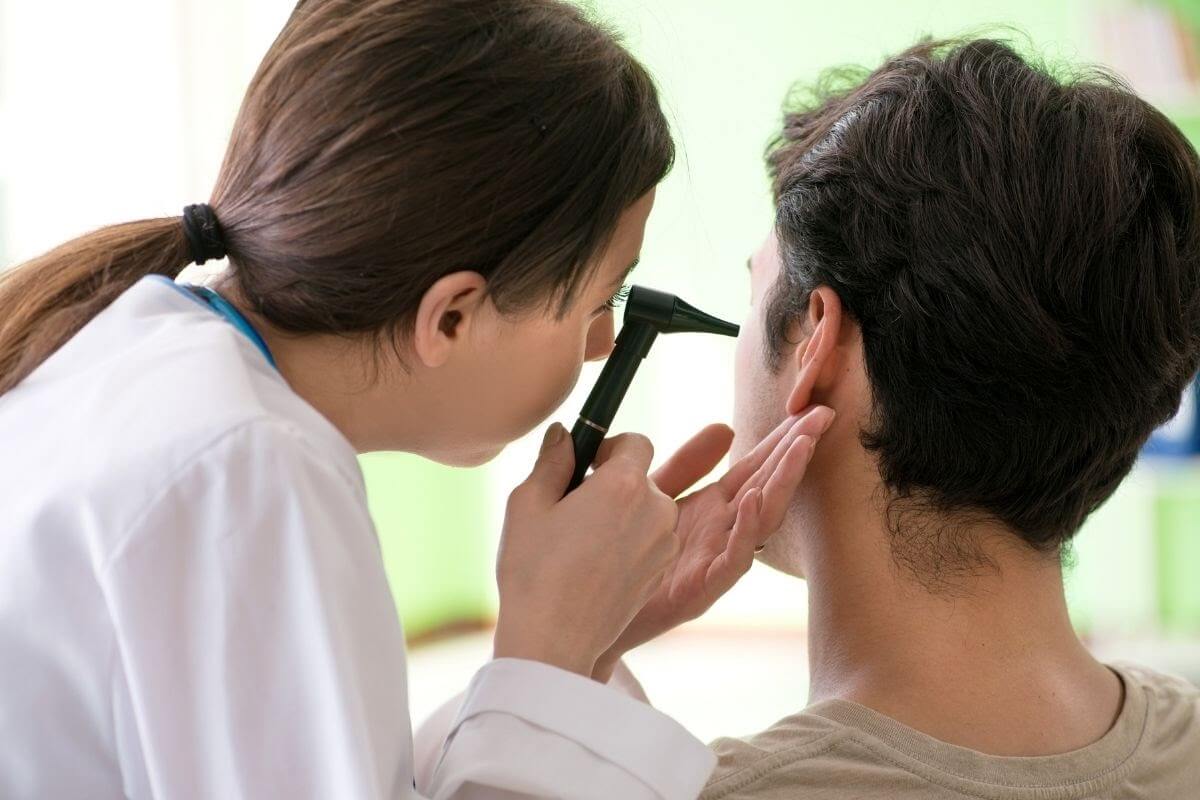Blog

Tackling Tonsillitis: Understanding the Signs, Treatment, and When to Seek Help
Introduction:
Tonsillitis – it’s a familiar term, often associated with childhood woes of sore throats and missed school days. But what exactly is tonsillitis? How can you tell if you or your loved one has it? And when should you seek medical attention? In this comprehensive guide, we’ll delve into all aspects of tonsillitis, from its signs and symptoms to treatment options and when it’s time to call in the professionals.
Understanding Tonsillitis:
To grasp tonsillitis, let’s start with the basics. Tonsillitis refers to inflammation of the tonsils, the two oval-shaped tissue pads located at the back of your throat. These glands are part of your body’s defense system, helping to fight off infections. However, they can become infected themselves, leading to tonsillitis.
Signs and Symptoms:
Spotting tonsillitis isn’t always straightforward, as its symptoms can mimic those of other throat-related issues. The hallmark signs of tonsillitis include a sore throat, swollen tonsils, difficulty swallowing, and tender lymph nodes in the neck. In some cases, you might also experience fever, headache, and fatigue.
Treatment Options:
When faced with tonsillitis, your treatment approach will depend on several factors, including the severity of your symptoms and the underlying cause of the infection. For mild cases, home remedies like rest, hydration, and over-the-counter pain relievers can provide relief. Gargling with warm salt water or using throat lozenges may also help soothe discomfort.
For bacterial tonsillitis, antibiotics are often prescribed to target the infection. It’s crucial to complete the full course of antibiotics, even if you start feeling better before it’s finished, to prevent the infection from returning or becoming resistant to treatment. In severe or recurrent cases, your doctor may recommend a tonsillectomy – surgical removal of the tonsils.
When to Seek Help:
While many cases of tonsillitis can be managed at home, there are certain red flags that warrant prompt medical attention. If you experience difficulty breathing, severe throat pain that interferes with swallowing or speaking, or persistent high fever, don’t hesitate to seek medical help. These could indicate a more serious infection or complication that requires immediate intervention.
Prevention:
Prevention is always better than cure, and there are steps you can take to reduce your risk of developing tonsillitis. Practicing good hand hygiene, avoiding close contact with individuals who are sick, and maintaining a healthy lifestyle can help bolster your immune system and fend off infections. Additionally, quitting smoking and limiting exposure to environmental irritants can protect your throat health.
Conclusion:
Tonsillitis may be a common ailment, but it’s essential to recognize its signs, seek appropriate treatment, and know when to seek medical help. By understanding the basics of tonsillitis and taking proactive steps to protect your throat health, you can minimize its impact on your life and well-being. Remember, your health is your most valuable asset – don’t hesitate to prioritize it.
In this guide, we’ve covered everything from the signs and symptoms of tonsillitis to treatment options and when to seek professional help. Armed with this knowledge, you can navigate tonsillitis with confidence, ensuring that you or your loved ones receive the care they need when they need it. Stay informed, stay healthy, and don’t let tonsillitis keep you down.










